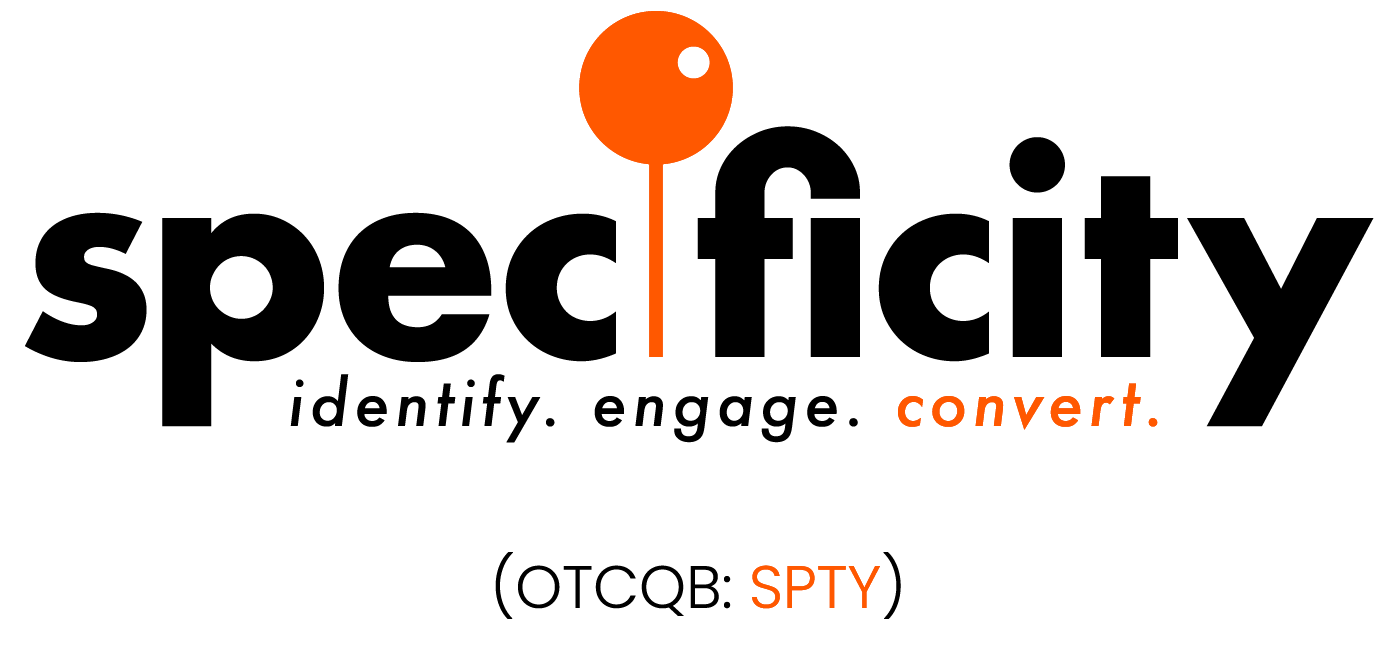$44 BILLION
In 2022 alone click fraud cost an estimated $44 BILLION in ad spend and 14% of all PPC campaign clicks are estimated to be fraud from bad BigTech and BigSocials data.
Almost 56%
of all online ads are never seen by a human.
Almost half of all internet traffic is generated by bots.
(ClickGUARD, 2020)
(ClickGUARD, 2020)
One out of every three dollars spent by advertisers is wasted due to ad fraud.
(Media Post, 2019)
(Media Post, 2019)
Ad fraud or click fraud is stealing $66 billion in global online ad spending which is almost 20%
(Campaign Asia, 2020)
(Campaign Asia, 2020)
14% of all PPC clicks are estimated to be click fraud.
(ClickGUARD, 2020)
(ClickGUARD, 2020)
In the dynamic world of digital marketing, the presence of bot traffic can significantly influence various aspects of online campaigns, analytics, and overall marketing strategies. Understanding these effects is crucial for marketers to optimize their efforts and ensure accurate data interpretation. Let's explore how bot traffic can impact digital marketing.
1. Inflated Analytic Metrics
- Challenge: Bot traffic can artificially inflate key metrics, such as website visits, clicks, and engagement rates, providing a skewed view of campaign performance.
- Impact: Misleading analytics can lead marketers to make incorrect assumptions about user behavior, campaign effectiveness, and return on investment (ROI).
- Mitigation: Regularly audit and clean analytics data to filter out bot-generated metrics. Utilize advanced analytics tools that can distinguish between human and bot interactions.
2. Ad Fraud & Budget Waste
- Challenge: Malicious bots engaging in ad fraud can click on ads, leading to wasted advertising budgets and reduced ROI.
- Impact: Advertisers may pay for interactions that do not result in genuine user engagement or conversions, undermining the effectiveness of digital advertising efforts.
- Mitigation: Employ ad fraud detection tools and techniques to identify and block fraudulent activities. Utilize ad verification services to ensure the quality of ad placements.
3. Distorted User Behavior Insights
- Challenge: Bots can mimic human behavior, affecting the accuracy of user behavior insights derived from digital marketing campaigns.
- Impact: Marketers may misinterpret user preferences, leading to ineffective targeting and personalized content delivery.
- Mitigation: Implement behavior analysis tools that can differentiate between genuine user interactions and bot activities. Regularly update and refine customer personas based on accurate data.
4. SEO Ranking Manipulation
- Challenge: Excessive bot activity, particularly from web crawlers, can influence search engine algorithms, potentially impacting website rankings.
- Impact: Inaccurate SEO rankings may lead to misalignment with target audiences, reduced organic traffic, and a negative impact on overall digital visibility.
- Mitigation: Use webmaster tools to manage and control the behavior of search engine bots. Regularly monitor and analyze search engine rankings to detect anomalies.
5. Impacts on Conversion Rates
- Challenge: Bots may interact with conversion elements on websites, such as forms and checkout processes, distorting conversion rate metrics.
- Impact: Marketers may make decisions based on inaccurate conversion rates, leading to misguided optimization efforts.
- Mitigation: Implement robust security measures, including CAPTCHA and user authentication, to minimize the impact of bot interactions on conversion metrics. Monitor conversion funnels for irregularities.
6. Reputation and Brand Image
- Challenge: Malicious bots engaging in harmful activities can tarnish a brand's reputation by associating it with fraudulent or unethical behavior.
- Impact: Negative perceptions may affect customer trust, loyalty, and overall brand image.
- Mitigation: Regularly monitor online channels for mentions of the brand. Implement brand protection strategies, including legal actions against malicious actors.


